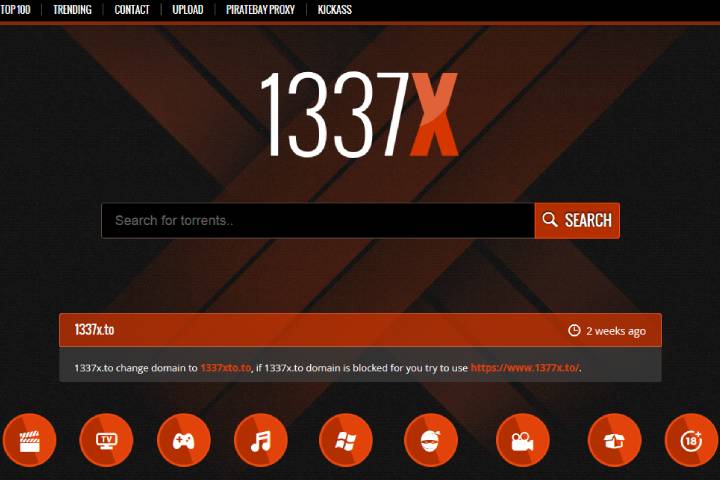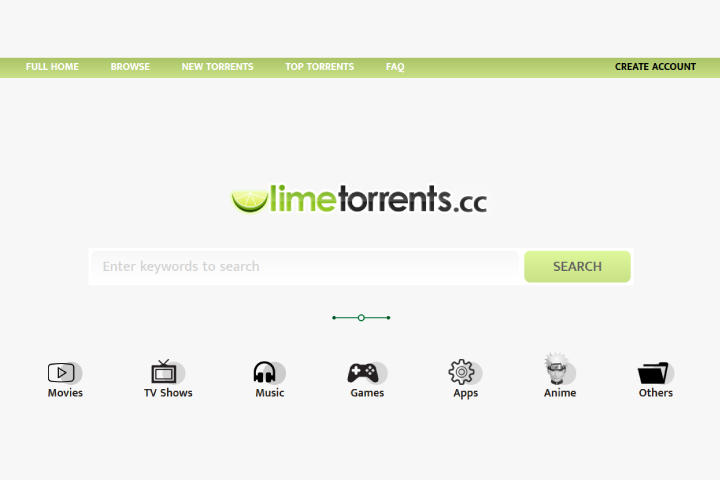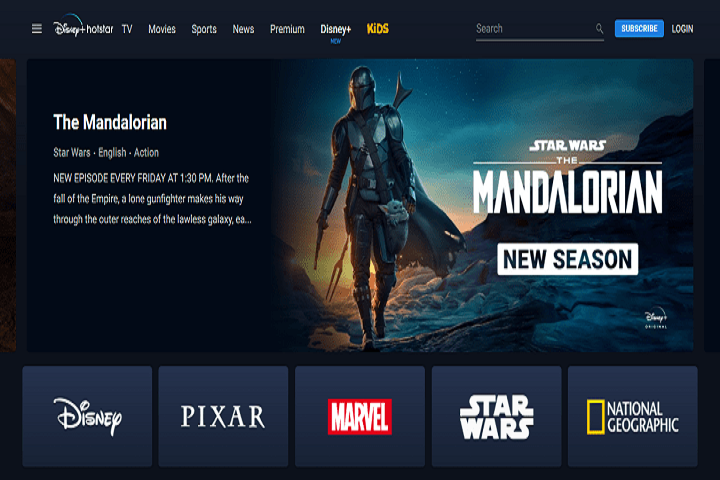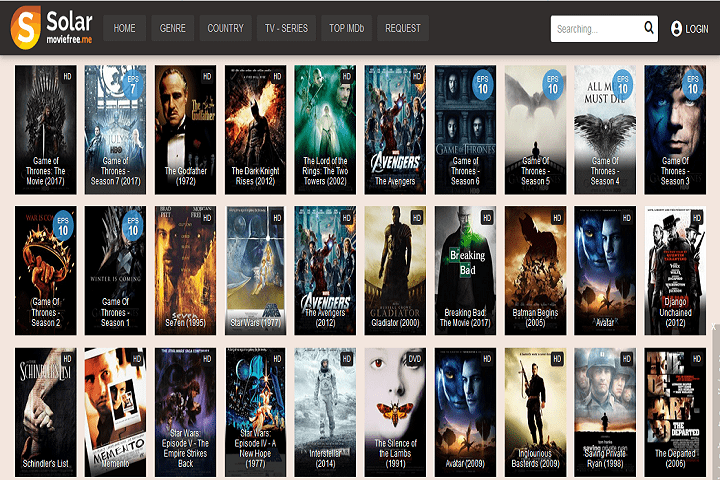Digital Marketing
The 15 Most Important On-Site or On-Page SEO Issues & Errors
Check a list of the most important On-Site SEO issues & errors and How On-Site SEO mistakes will impact on your search engine rankings.
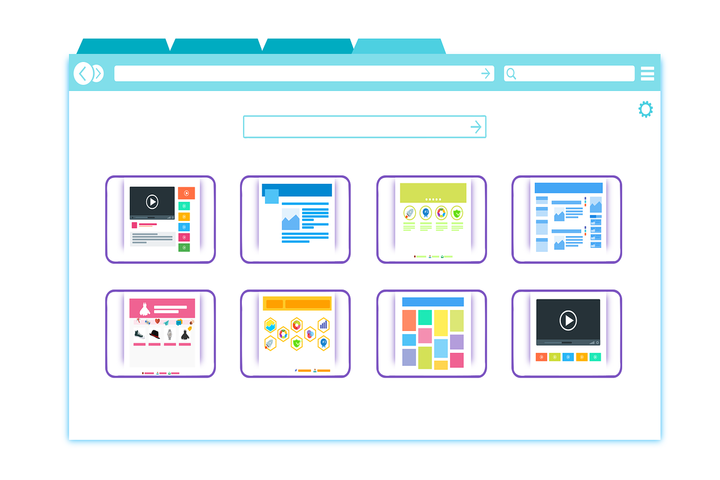
In this article, you will check a list of the most important On-Site or On-Page SEO Issues, Technical SEO Issues and How On-Site SEO issues will impact on your search engine rankings.
According to the Google and SEMrush research surveys we listed 15 most important On-Site SEO issues & errors
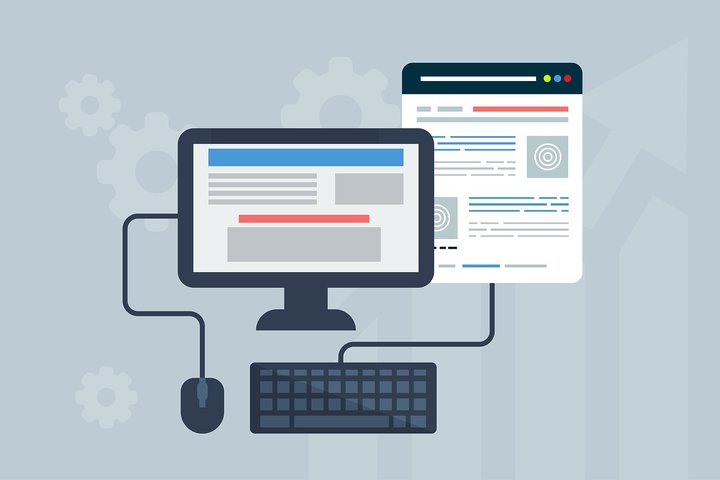
Table of Contents
1. Title Tag SEO Issues
As per search engine optimization factors, titles are the priority. All the Search engines use title tags or page titles to determine what pages are about?. Every Search engines display page titles on top of the search results. It will help to increase the Search engine’s CTR. It is one of the most important SEO factors and it will help to ranks better in SERP’s.
According to the SEMrush research related to Title Tag issues:
1. 35% of duplicate content in title tags or page titles
2. 8% of Missing title tags
3. 4% of Not enough text (too shot) within title tags
4. 15% of Too much text (too long) within title tags
Most of the search engines want to serves the unique and quality content to the users. Missing or Duplicate content in title tags and Not enough text or too much text within the title tag is not relevant information to the search engines.
The length of the title tags or page titles are good for SEO, depending on the devices Google may display 65-70 characters. It is a good idea to keep key information within the range (65-70 characters).
Avoiding the duplicate, long, short, or missing title tags will help to rank better in Google search results and increase the CTR. On-Site or On-Page SEO like SEMrush, Ahref and MOZ will help you to identify duplicate, long, short or missing title tags. With the help of SEMrush, Ahref, and MOZ tools to find and fix the Missing or Duplicate content in title tags.
2. Missing or Duplicate Meta Descriptions Issues
Meta Descriptions are helpful to increase the Click Through Rate (CTR) in search engine results page (SERP’s). It doesn’t influence page ranking directly, only the relevance of meta description influence page CTR, which is very important. Google announced in September of 2009 that both meta descriptions and meta keywords aren’t a ranking factor for Google’s Search Results.
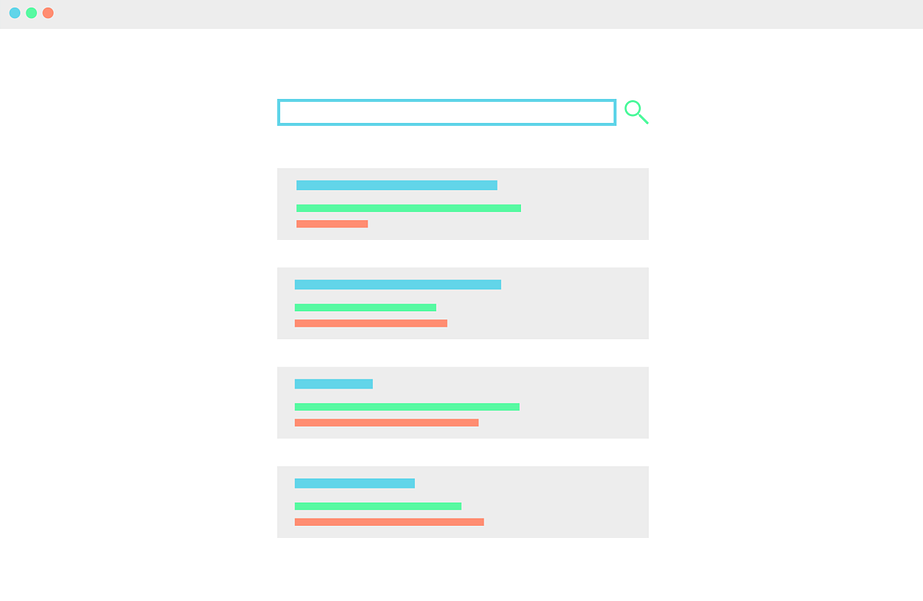
All the Search engines use Meta Descriptions to shows the shot summary/description of the web pages into the search results. According to the SEMrush research related to Meta Description SEO issues, 30% of websites have duplicate Meta Descriptions, and 25% of websites have no Meta Descriptions at all.
The popular Site Auditing tools like SEMrush, Ahref, and MOZ will help you identify both title and description issues. After the audit, the duplicates pages go in and fix them manually. Again, if you are using CMS like WordPress, the SEO plugins will help you fix the titles and meta descriptions.
Search engines pick meta descriptions as search snippets; There is no guarantee that search engines like Google will use the web page meta description as the search snippet. Google can adjust the meta descriptions based on the user’s query. It is not the ranking factor, but it will help to increase the Clicks in SERPs.
The length of the search snippets is now reverted back to their old shorter snippets (between 150-155 characters). 320 characters of a meta description, which is outdated already (this limit increased in December 2017) and new meta description is updated on may 2018 fixed between 150-155 characters. Yoast SEO Snippet editor also supports 155 characters of the meta description.
Google’s Danny Sullivan confirmed that Google, indeed, has changed the meta descriptions.
Our search snippets are now shorter on average than in recent weeks, though slightly longer than before a change we made last December. There is no fixed length for snippets. Length varies based on what our systems deem to be most useful.
— Danny Sullivan (@dannysullivan) May 14, 2018
Read More: https://moz.com/blog/how-to-write-meta-descriptions-in-a-changing-world
The length of the meta descriptions depending on the devices Google may display between 150-155 characters. It is a good idea to keep key information within the range (150-155 characters). Every developer should maintain the correct length of the title and description for better SEO.
Avoiding the duplicate or missing meta descriptions will help to increase the Click Through Rate (CTR) in Google’s search results and increase the CTR. With the help of SEMrush, Ahref, and MOZ tools to find and fix the Missing or Duplicate content in the meta descriptions.
3. Duplicate Content Issues
Duplicate content is content that appears on the many places or many web pages or across domains on the Internet. Search engines can crawl URLs with identical or similar content on multiple URLs; it may cause the number of SEO issues.
According to a report from SEMrush research, 50% of the web pages face duplicate content issues. By having duplicate content on your website or web pages, you will losses the potential of the web pages or website on Google SERP’s . Google said There’s no such thing as a “duplicate content penalty.” and Duplicate content generally refers to substantive blocks of content within or across domains that either completely match other content or are appreciably similar.
If your website contains multiple pages with largely identical content, there are several ways you can indicate your preferred URL to Google, or You can use canonical URL This process of avoiding duplicate content is called as canonicalization.
Due to Duplicate Content, Google will not be penalized, but it will impact on search engine rankings. The web pages take more time to index or exclude from their indices and also Drops the Search engine rankings and even losses traffic.
Most of the search engines and visitors or users highly preferred the unique and quality content on the websites. Most of the website owners don’t intentionally create duplicate content, but if the same content has on different pages or URLs, Google will consider it as duplicate content.
What are the ways of avoiding Duplicate content on the website:
1. Using a canonical URL (rel=canonical attribute)
2. Using a 301 redirect to the correct URL (301 permanent Redirects)
2. Indicate your preferred URL parameters to Google in Google Search Console
3. Avoid Scraped or copied content from your site. Either use cross-domain canonicalization on the web pages.
4. Missing Alt Attributes and Broken Images/pictures
Images/pictures play a major role on the website and increase the UX (User Experience) of the website. It is an important part of content marketing. But it will create major SEO issues. According to the SEMrush research, 45% of the websites have without the alternative text of images (ALT tags), and 10% have Broken internal Images/pictures.
With the help of alt tags, we can optimize images on Google. It will help to ranks better in google search results. Using keyword phrases in alt tags are better for SEO.
Missing Alt Attributes and Broken Images/pictures can lead to a higher bounce rate and, as well as, they might be one cause of poor search engine performance.
How we can avoid the Missing Alt Attributes and Broken Images/pictures
1. If you are using WordPress after uploading the image, you can add Alt Text.
2. Check the path of the images before the update on the page content.
3. Due to corrupt images, sometimes not showing on the page content.
4. Due to some HTTP errors, images are not displayed on the page.
Please check the above points before uploading the images on your websites.
5. Broken Internal and External Links Issues
Broken Internal and External Links are the major SEO issues. The Broken links are seriously dangerous and will increase the bounce rate of the website.
If a user sees 404 pages instead of the (200 OK page) useful information, it will decrease the traffic, and Also, users will be frustrated and treated as your site as low of quality due to broken links on the website. Due to broken links, search engine bots neglect to crawl and indexing of all the pages on your website. These are the serious cause of crawling and indexing page issues.

According to the SEMrush research related to the Broken links issues, 70% of web pages are 404 errors, due to broken internal and external links. 35% of web pages have Broken Internal Links and 25% of web pages have Broken External Links. The broken Internal & External Links written bad HTTP status codes (404 Not Found!).
The popular website Audit tools like SEMrush, Ahref, and MOZ will help you identify both Internal and External Broken Link issues. If you are using WordPress platform use “Broken Link Checker Plugin“, will monitor your site Broken Links. With the help of the tools, we can avoid the Broken Internal and External Links.
6. Low Text-to-HTML Ratio Issues
Low Text-to-HTML Ratio means that these sites contain relatively more back-end HTML code than content that users can read.
According to the SEMrush research related to the Low Text-to-HTML Ratio issues, 28% of web pages contain low text than HTML code ratio on individual pages.
In what situation we found the Low Text-to-HTML Ratio on the website by using Audit tools like SEMrush, Ahref, and MOZ.
1. A poorly coded website pages with invalid code and over the top Javascript, Flash, and inline stylings.
2. Hidden content, which is something spammers do, so it’s a warning for search engines like Google, Bing, Yandex, etc.
3. A slow-loading website which contains more code and script pages that makes slowdowns the website loading time and site/page speed is an important SEO factor.
How to fix the Low Text-to-HTML Ratio on website pages?
1. Removing unnecessary code and scripts to reduce page size and increment the site/page speed.
2. Moving inline javascript and styles into separate external files.
3. Adding relevant on-page or on-site content where necessary places.
Also Read: 16 Best Free SEO WordPress plugins for your Blogs & websites
7. Low Word Count Issues
Low Word Count means that these site pages contain less Content word that people can read. According to the SEMrush research related to Low Word Count issues, 18% of the websites had a Low Word Count on some pages.
As per analysis In-depth, the Longest Content can rank higher than the Shortest Content on google. Create an In-depth Longest Content for your blog posts or pages will be better for search engine rankings. In-depth Quality Content boosts your search engine rankings.
Google lovers of long-form content could help your content marketing efforts, and long-form content should be an integral part of your content strategy. Before creating a blog post minimum, you should maintain the 700+ word will be better for SEO.
Including More LSI keywords in content google will happier. In-depth Longest Content contains a number of LSI keywords it will rakings better in the google search.
8. H1 Tag Issues
Heading Tags (H1) are indicating the most important content of the web pages as well as Search engines. It will Help to rank better in SERPs. The H1 tag is the most important part in On-Page SEO It will help to ranks better in Google search results.
According to the SEMrush research related to H1 Tag issues on web pages:
1. 15% of duplicate content in the H1 tag
2. 20% of Missing H1 tags
3. 20% of Multiple H1 tags
Historically, headings tag like H1 is an essential part of SEO. There should be only one H1 tag on any page, regularly for the title of the substance. Headings tags still make a key hierarchy for search engines.
H1-H6 headings tags are plays a key role in both search engines and Web Users as well. It makes the excellent layout and UX of the web pages. It can give the headings of the web pages.
Avoiding the Duplicate, Missing, and Multiple H1 tags will help to rank better in Google search results and increase the CTR. Good SEO tools like SEMrush, Ahref, and MOZ will help you to identify and Fix the Duplicate, Missing, and Multiple H1 tags.
9. Missing Canonical Tag Issues
Canonical URLs (rel=canonical attribute) play a major role in avoiding Duplicate content on web pages. With the help of the rel=canonical tag, bots can easily understand which one is the original and duplicate content on website pages.
Canonicalization is the process of avoiding duplicate content on websites pages. A canonical tag is a way of telling search engines that specific URLs represent the original copy of a page. If the website has similar or duplicate pages, Consolidate duplicate URLs define with the help of the canonical link tag element.
Search engines support for using the rel=” canonical” link element across different websites across different domains (like as main domain, the subdomain, and other domains on the server). Similarly, the duplicate content that appears on the cross-domain URLs, for example. The tags will helps to avoid Cross-Domain Content Duplication.
10. Missing Hreflang Tags Issues (Incorrect Language Declaration)
Hreflang tags also play an important role in avoiding duplicate content based on specific languages. Hreflang tags help to indicate Google and Yandex search engines in what language the content of a page is written and also targets and Optimized the content for international users. These tags will helps to search engines to serve the right content to the right user.
It will help to targets international languages based users. It will help to Tell Google about localized versions of your web pages and also targets and Optimized the content for global users.
Certain search engines, like Bing, do not support the Hreflang Tags (rel=”alternate” hreflang=”x”) annotations.
The below four methods that can be utilized to help these search engines figure out which language is being focused on.
1. HTML meta element or <link> tags
<meta http-equiv=”content-language” content=”en-us” />
<link rel=”alternate” href=”https://www.example.com/” hreflang=”en-US” />
2. HTTP headers response
HTTP/1.1 200 OK
Content-Language: en-us
3. <html> tag language attribute
<html lang=”en-us”>
…
</html>
4. Represents in XML Sitemap
<?xml version=”1.0″ encoding=”UTF-8″?>
<urlset xmlns=”https://www.sitemaps.org/schemas/sitemap/0.9″ xmlns:xhtml=”https://www.w3.org/1999/xhtml”>
<url>
<loc>https://www.example.com/</loc>
<xhtml:link rel=”alternate” hreflang=”en” href=”https://www.example.com/”/>
<xhtml:link rel=”alternate” hreflang=”de” href=”https://www.example.com//de”/>
<xhtml:link rel=”alternate” hreflang=”fr” href=”https://www.example.com//fr”/>
</url>
<url>
<loc>https://www.example.com//de</loc>
<xhtml:link rel=”alternate” hreflang=”en” href=”https://www.example.com/”/>
<xhtml:link rel=”alternate” hreflang=”de” href=”https://www.example.com//de”/>
<xhtml:link rel=”alternate” hreflang=”fr” href=”https://www.example.com//fr”/>
</url>
<url>
<loc>https://www.example.com//fr</loc>
<xhtml:link rel=”alternate” hreflang=”en” href=”https://www.example.com/”/>
<xhtml:link rel=”alternate” hreflang=”de” href=”https://www.example.com//de”/>
<xhtml:link rel=”alternate” hreflang=”fr” href=”https://www.example.com//fr”/>
</url>
</urlset>
Incorrect Language Declaration:
According to the SEMrush research related to the Incorrect Language Declaration, 15% of websites have missing language declaration.
Language Declaration may not specifically influence your SERPs, but rather it will help enhance your page relevance score, which is an essential part of SEO.
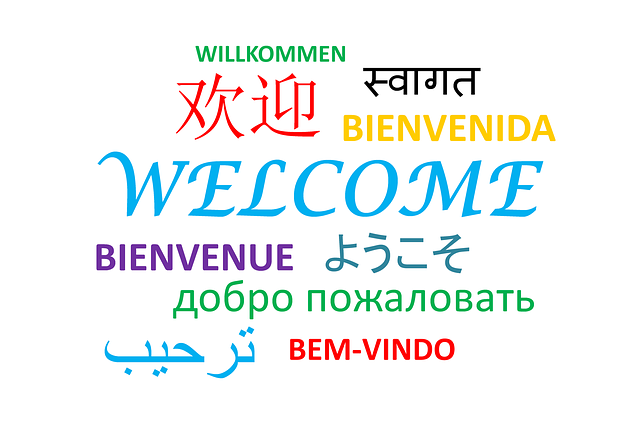
Here are the most common mistakes with Hreflang tags usage:
1. Missing return links
2. Incorrect language/region codes Declaration
Here are the 3 most common Methods for indicating your alternate pages
1. HTML tags
a) <html lang=”en-us”>
…
</html>
b) <meta http-equiv=”content-language” content=”en-us” />
c) <link rel=”alternate” hreflang=”lang_code” href=”https://www.example.com/” />
2. HTTP Headers
Link: <http://example.com/file.pdf>; rel=”alternate”; hreflang=”en”,
<http://de-ch.example.com/file.pdf>; rel=”alternate”; hreflang=”de-ch”,
<http://de.example.com/file.pdf>; rel=”alternate”; hreflang=”de”
3. Sitemap
<?xml version=”1.0″ encoding=”UTF-8″?>
<urlset xmlns=”http://www.sitemaps.org/schemas/sitemap/0.9″
xmlns:xhtml=”http://www.w3.org/1999/xhtml”>
<url>
<loc>http://www.example.com/english/page.html</loc>
<xhtml:link
rel=”alternate”
hreflang=”de”
href=”http://www.example.com/deutsch/page.html”/>
<xhtml:link
rel=”alternate”
hreflang=”de-ch”
href=”http://www.example.com/schweiz-deutsch/page.html”/>
<xhtml:link
rel=”alternate”
hreflang=”en”
href=”http://www.example.com/english/page.html”/>
</url>
</urlset>
11. Too Many On-Page Links Issues
Too Many On-Page Links means that these sites contain not relatively, too many On-Page links on some pages.
According to the SEMrush research related to the Too Many On-page Links issues, 15% of web pages are contains Too Many On-Page Links.
The web page and a natural link profile that includes relevant and high-quality links are useful for SEO. Too Many On-Page Links send most of your traffic away, but the links are related and high-quality; your page will rank well in google.
How Many Links Are Too Many On-Page Links?
The maximum number of links that you should keep on any web page is less than 100 links. More links on the page will take more time to crawl the Bot if not relevant links found on the page will away from search traffic. This why you should keep less than 100 related and high-quality links on the page will be better for SEO.
According to Google Webmasters Guidelines 100-link limit has never been a penalty or de-indexed. GoogleBot follows more than the 100-link limit, but it will share the PageRank to each page link. If you have 600 web links on a page, every one of those page links will just have 1/600 of the PageRank each.
The popular website Audit tools like SEMrush, Ahref, and MOZ will help you identify the Too Many On-page Links on some pages. With the help of these tools, you should keep relevant links and Avoid Too Many Irrelevant Links on the pages.
12. Crawl Errors or Issues?
Crawl errors/mistakes happen when a web crawler attempts to crawl a page on your site yet fails to crawl at it.
You will probably ensure that each link on your site prompts to an actual page. That may be by means of a 301 permanent redirect, yet the page at the ugly end of that link should always return to 200 OK server response.
Google separates crawl errors into two groups:
1. Site errors:
Site errors/ mistakes mean your whole site can’t be crawled due to Technical SEO issues. Site errors/ mistakes causes can have many reasons, these being the most widely recognized:
» DNS errors:
This means a web crawler can’t be able to communicate with your server, for example, which means your site can’t be visited. This is typically a temporary issue.
Google will return to your site later and crawl your website at any rate. You can check error notifications in your Google Search Console at the crawl errors section.
» Server errors:
This one also checks in your Google Search Console at the crawl errors section. this means the bot wasn’t able to access your website and maybe return 500: Internal Server Error and 503: Service Unavailable.
This means your website have any server-side code errors or domain name server issues or site under maintenance.
» Robots failure:
Before crawling your site Googlebot or any other web crawlers try to crawl your robots.txt file first. If that Googlebot can’t come to the robots.txt file means that the site robots.txt file refuse or disallow all bots to crawling the site, Googlebot will put off the crawling until the robots.txt file allows the user-agents to crawl the website.

Know More About: Robots.txt File vs Robots meta tag vs X-Robots-Tag
2. URL Errors:
URL errors/ mistakes mean your page, which related to one specific URL per error; they are easier to keep up and fix. URL errors mean crawl errors like soft 404 page not found errors. When the web page is not found on the server, the bots consider as 404 error not found on web browsers. 404 errors will drop your ranking and increase the bounce rate.
» How to avoid the 404 Errors on the website:
Find similar content on another page and make it 301 permanent redirect will helps to avoid 404 errors.
» URL Related SEO Issues, Errors/Mistakes:
Website URL Structure is one of the important On-Page SEO. Wrong URL structure/permalink structure will not work better in Google.
URL Related SEO issues, Errors/Mistakes means: lack of keywords in the URL, Irrelevant format, and including only numbers in the URL those URLs are not SEO Friendly and creates SEO related errors/mistakes. SEO Friendly URLs will rank better in google search results.
With the help of website auditing tools like SEMrush, Ahref, MOZ, etc. it will help to identify and fix the URL Related SEO issues.
13. Temporary Redirects (302 Redirects) Issues
Temporary Redirects means 302 redirects as per HTTP status codes. According to the SEMrush research, 10% of websites contains Temporary Redirections (302 Redirects).
There have more different in between permanent redirect (301) and Temporary Redirect (302) in the terms of SEO. As per the authority of page rank, temporary redirects will not pass or share the link juice. Only the permanent redirect will share or pass the link juice of the websites.
Obviously, at last, Google may perceive that a 302 redirect permanent and make it into a 301 Redirect, however, to keep away from poor optimization and loss of traffic, it’s better to take control of the procedure. Always use 301 permanent redirects for better SEO.
14. Missing XML Sitemaps Issues (Sitemap errors)
Missing XML Sitemaps means there are no XML sitemaps on the webserver. XML Sitemaps are a powerful tool that helps to index your web pages in google. It is a part of the SEO friendly website for better Indexation on google. It is important to submit an XML sitemap to Google Search Console will be better for SEO.
XML Sitemaps make it easier to crawl and index your web pages in google search results. It is necessary to have XML sitemaps for the website is better for SEO.
Google ranks web pages. This why sitemaps make it easier to index and give rankings in Google search results.
Sitemaps allow web crawlers to crawl and index the web pages. It notifies Google or any other search engines to read and index the web pages. It enhances and boosts the rankings in Google SERPs.
XML Sitemap Errors:
1. The empty sitemaps(sitemap contains zero items)
2. Wrong XML declaration (Mistakes in XML code)
3. Permalink issues
4. Incorrect namespace declaration
5. HTTP Errors (404 URLs in Sitemap)
By overcoming the Sitemap errors in search, the console will better indexed in google and other crawlers.
15. Site/Page Speed or Page Loading Time Issues
According to the surveys, most of the websites have page speed issues. As per research, 53% of web users leave the page because it takes more than 3 sec to load. According to Google, 70% of websites take 7 sec to load above the fold to load and take 10 sec to load fully.

Site/Page speed also matters for Google and other search engines. It is one of the ranking factors. Google has a new page called Test Your Mobile speed tool out that is focused on mobile. Google’s provides PageSpeed Insights Tool gives an analysis of their site speed and recommendations for site improvement. Is your web page mobile-friendly? You can also try the mobile-friendly test of your website.
Using of Google’s AMP – (Accelerated Mobile Pages) will improve site/page speed in both desktop and mobile devices. It is not a ranking factor, but Site/Page speed is a Google ranking factor. Faster load web pages lead to reduces bounce rates and improve mobile SEO rankings.
Helpful Resources:
1. Top 20 Free Yoast SEO Alternatives & Competitors for WordPress Websites
2. What is the Difference Between Absolute and Relative URLs?
3. 16 Best Free SEO WordPress plugins for your Blogs & websites
4. 16 Best (free) AMP – (Accelerated Mobile Pages) WordPress Plugins
5. Top 50 Best (Free) WordPress WooCommerce Plugins for your storefront
6. JavaScript SEO: Server Side Rendering and Client Side Rendering
-

 Instagram4 years ago
Instagram4 years agoBuy IG likes and buy organic Instagram followers: where to buy them and how?
-

 Instagram4 years ago
Instagram4 years ago100% Genuine Instagram Followers & Likes with Guaranteed Tool
-

 Business5 years ago
Business5 years ago7 Must Have Digital Marketing Tools For Your Small Businesses
-
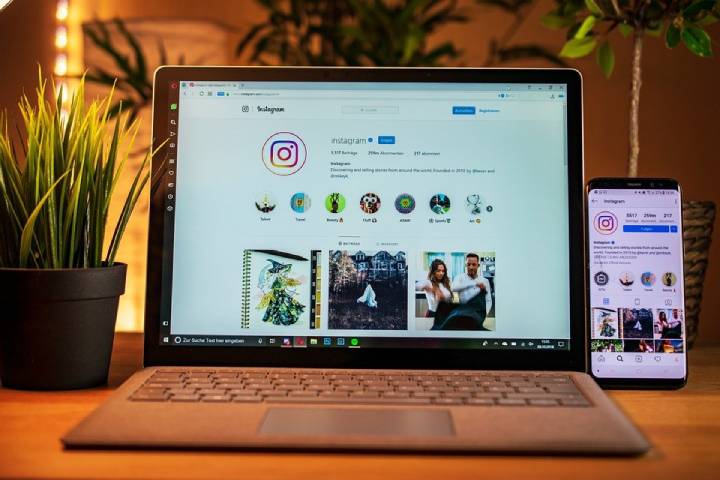
 Instagram4 years ago
Instagram4 years agoInstagram Followers And Likes – Online Social Media Platform



